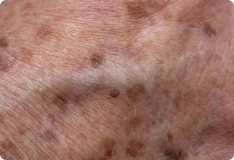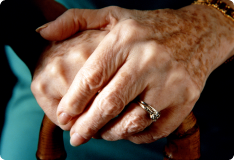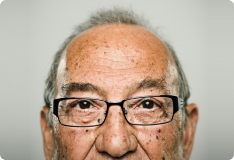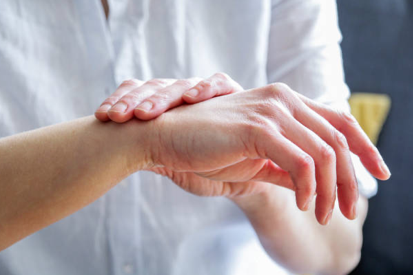Age Spots
Examples of Age Spots




Symptoms of Age Spots
- Flat, Oval Shapes: Age spots are flat, oval-shaped areas of skin with no raised texture.
- Brown, Gray, or Black Color: Often appear in shades of brown, gray, or black.
- Small to Medium Size: Age spots can range in size from small to medium.
- Common Areas: They frequently occur on sun-exposed areas such as the face, hands, shoulders, and arms.
Causes of Age Spots
- Age spots are more likely to appear on people whose lifestyle exposes them to the sun.
- Over time, the skin loses its ability to repair itself after sun exposure and the spots appear.
Preventing Age Spots
FAQs for Age Spots
Age spots themselves are usually not harmful; they are benign skin changes caused by sun exposure and aging. However, because they can resemble more serious conditions like skin cancer, it's important to have them evaluated by a dermatologist to ensure they are not something more concerning. Regular skin checks can help differentiate between harmless age spots and potential health risks.
Age spots usually don't disappear on their own, but their appearance can be affected by sun protection. Consistent use of sunscreen and other sun-protective measures can prevent them from becoming darker and may help achieve a more even skin tone over time.
Freckles and age spots are not the same thing, though they both result from sun exposure. Freckles are small, flat, and typically appear in childhood or adolescence, becoming more pronounced with sun exposure. They are usually genetic and can fade with age or during periods of less sun exposure.
Age spots, on the other hand, are larger, flat, and generally appear in areas frequently exposed to the sun, such as the face, hands, and arms, typically developing in older adults. Unlike freckles, age spots tend to persist and may become more noticeable with ag
Although sun exposure is a key contributor to age spots, they can also appear on areas of the skin not regularly exposed to sunlight. Genetics can play a role in their development, and artificial UV radiation, like that from tanning beds, can also raise the risk of age spots. It's essential to use sun protection and be mindful of UV exposure, even if you haven't been outdoors for long periods.
Treatments for Age Spots
If one opts to treat age or sun spots, there are cosmetic options, including:
- Laser Therapy: Lasers can target pigment in age spots, breaking it down and allowing the body to naturally eliminate the discolored cells.
- Chemical Peels: A chemical solution is applied to the skin, causing it to peel and new, evenly pigmented skin to replace the old skin.
- Microdermabrasion: This procedure involves gently exfoliating the outer layer of skin, which can help reduce the appearance of age spots.
Featured Products
Check your local office for current stock!
Check your local office for current stock!
